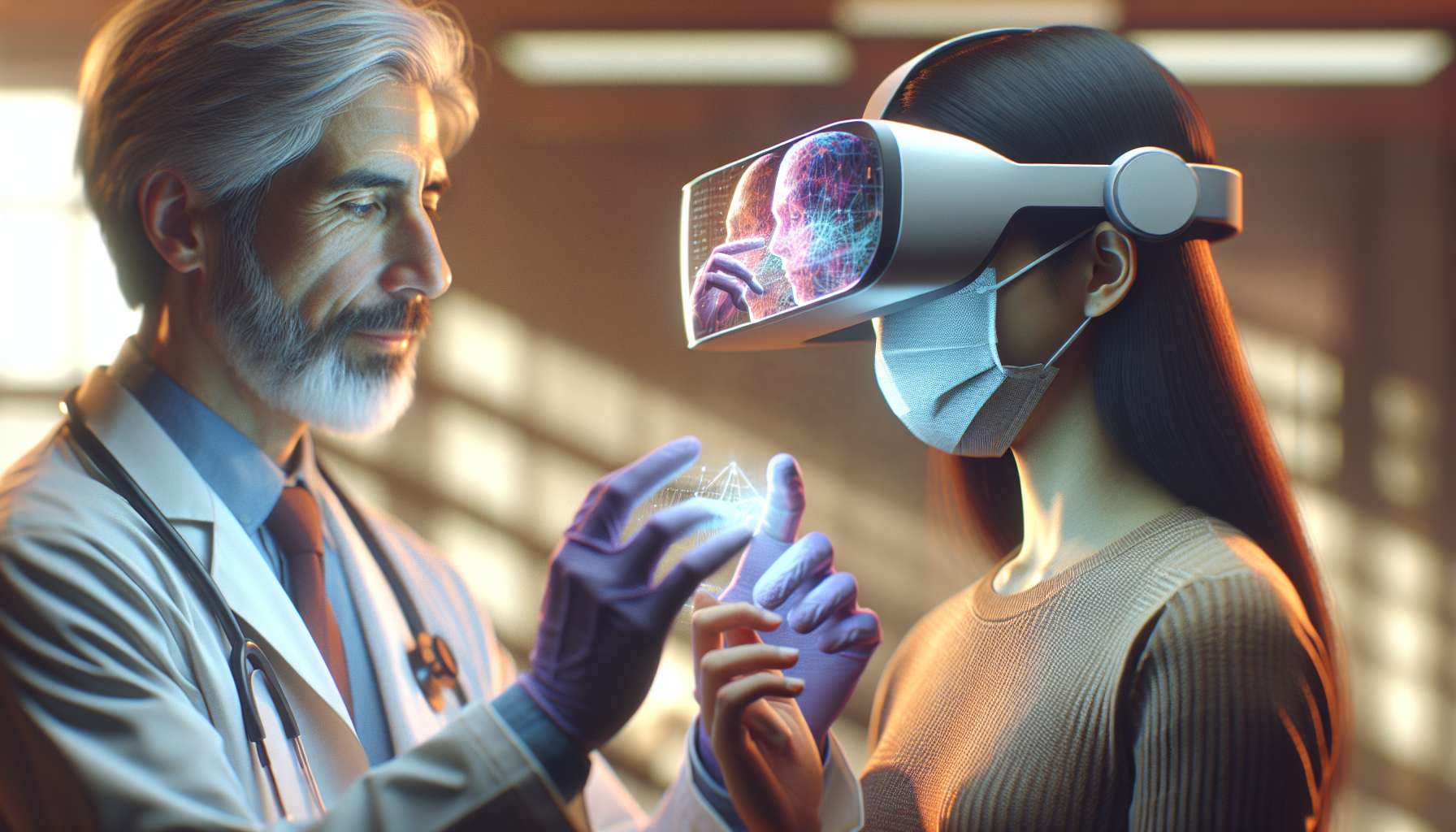Enhancing Medical Education with Augmented Reality
Augmented Reality (AR) has emerged as a groundbreaking technology that has the potential to revolutionize various industries, and one area where it is making significant strides is in medical education. With its ability to overlay digital information onto the real world, AR is transforming the way medical students learn and practice their skills. In this article, we will explore the applications of AR in medical education and how it is reshaping the future of healthcare training.
1. Immersive Anatomy Lessons
One of the key challenges in medical education is understanding the complex human anatomy. AR provides a solution by allowing students to visualize and interact with 3D models of the human body. With AR-enabled devices, students can explore different layers of the body, zoom in on specific organs, and even dissect virtual cadavers. This immersive learning experience enhances their understanding of anatomy and helps them develop a strong foundation for clinical practice.
2. Simulated Surgical Training
AR is also revolutionizing surgical training by providing realistic simulations that mimic the operating room environment. Surgeons-in-training can practice complex procedures on virtual patients, using haptic feedback and precise hand tracking to perform surgical maneuvers. This hands-on experience in a risk-free environment allows students to refine their skills, improve their decision-making abilities, and gain confidence before stepping into the operating room.
3. Enhanced Visualization during Procedures
During medical procedures, AR can provide real-time guidance and visualization to healthcare professionals. By wearing AR glasses or using AR-enabled devices, surgeons can overlay patient data, such as CT scans or X-rays, onto the surgical field. This augmented view helps surgeons navigate complex anatomical structures, locate tumors, and precisely place instruments, leading to improved surgical outcomes and patient safety.
4. Collaborative Learning and Remote Training
AR enables collaborative learning experiences, allowing medical students and professionals to interact and learn together regardless of their physical location. Through AR-powered platforms, students can participate in virtual group discussions, share insights, and even perform simulated procedures together. This collaborative approach fosters knowledge exchange and creates a global network of medical professionals who can learn from each other’s experiences.
5. Patient Education and Empowerment
AR is not only transforming medical education for healthcare professionals but also for patients. By using AR applications, patients can better understand their medical conditions, visualize treatment options, and actively participate in their own care. For example, AR can be used to show patients the effects of certain medications on their bodies or to demonstrate post-operative exercises. This empowers patients to make informed decisions and improves their overall healthcare experience.
As the field of AR continues to evolve, the possibilities for its application in medical education are endless. From virtual reality simulations to augmented surgical guidance, AR is reshaping the way medical professionals are trained and how patients are educated. The integration of AR into medical education not only enhances learning outcomes but also improves patient care and safety.
With the rapid advancements in AR technology, it is crucial for medical institutions and educators to embrace this transformative tool. By incorporating AR into their curriculum, they can equip the next generation of healthcare professionals with the skills and knowledge needed to meet the challenges of a rapidly evolving healthcare landscape.





